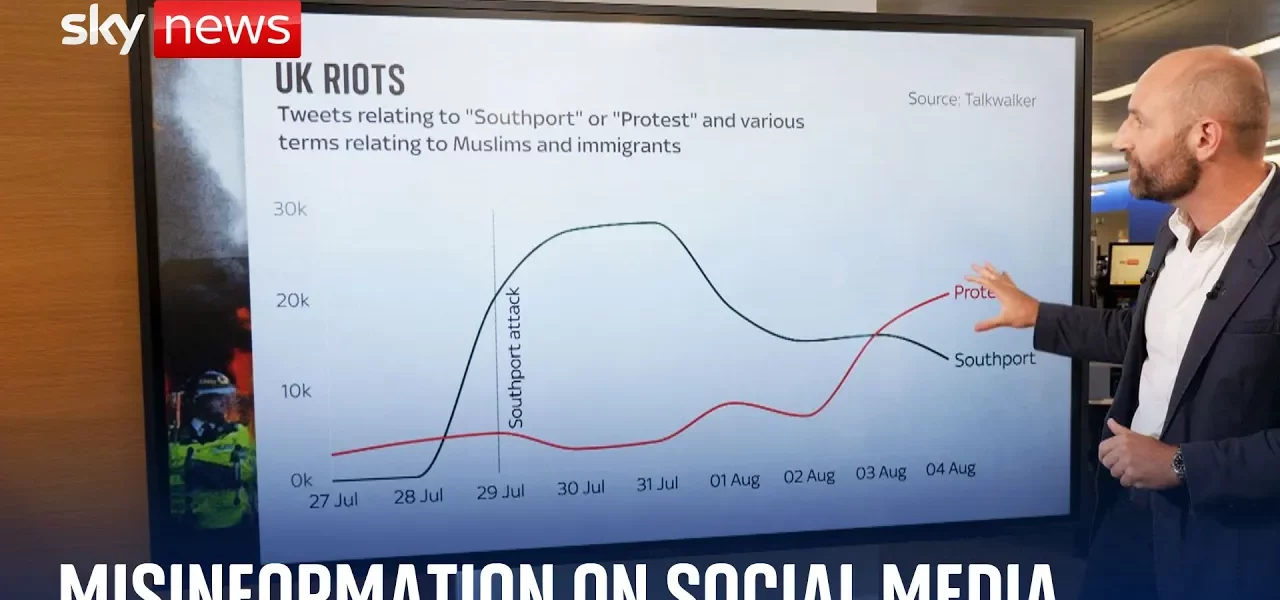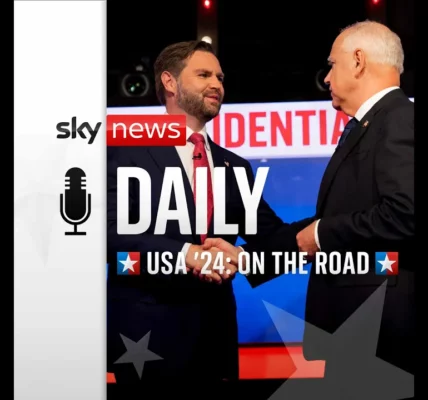Misinformation and Violence: The Role of Tommy Robinson in Shaping Narratives

This article delves into the alarming spread of misinformation surrounding recent violent events in the UK, particularly focusing on the influence of far-right figures such as Tommy Robinson. We will explore how social media platforms amplify false narratives, the implications for public perception, and the responses from authorities.
Introduction
In today’s digital age, information spreads rapidly, often without verification, leading to dangerous consequences. Recent incidents in the UK have highlighted the role of social media influencers in perpetuating misinformation. Tommy Robinson, a controversial far-right figure, has been at the forefront of this trend, using platforms like X (formerly Twitter) to disseminate false information regarding violent events. This article examines the mechanics of misinformation, its impact on society, and the responses from law enforcement and public figures.
The Spread of Misinformation
Misinformation can take many forms, but in the context of recent events, it often manifests as inaccurate reports about violence and unrest. The case involving Tommy Robinson serves as a prime example of how quickly false narratives can spread online.
Recent Events in Rotherham
On a Sunday in Rotherham, false claims emerged on X that migrants inside a hotel had been armed, following a chaotic event. Despite the rapid spread of these allegations, Staffordshire police were quick to clarify that no such incident had occurred. The speed at which misinformation travels can exacerbate tensions and provoke public outrage.
The Role of Influencers
Influencers like Tommy Robinson have significant reach on social media. Robinson’s follower count surged by over 200,000 in just 30 days, indicating a growing audience for his controversial views. This rise in followers correlates with his posts about violent incidents, which often lack factual basis. The implications of such influence are profound:
- Increased public fear and unrest.
- Potential for real-world violence based on false narratives.
- Undermining trust in legitimate news sources.
The Impact on Society
The consequences of misinformation are far-reaching, affecting public sentiment and policy decisions. The online discourse surrounding immigration and violence has evolved, reflecting a troubling trend in anti-Muslim and anti-immigrant sentiment.
Emerging Patterns of Hate Speech
As misinformation spreads, so too does hate speech. Analyzing social media trends shows a spike in anti-Muslim rhetoric during recent riots. Not only does this rhetoric harm targeted communities, but it also shapes societal attitudes towards immigration, creating a climate of division.
Government Responses
Amid rising tensions, government officials have begun to address online misinformation. UK Prime Minister recently stated that he would enforce criminal law concerning online behavior. This statement highlights the recognition of the dangers posed by unregulated speech in the digital realm.
Elon Musk’s Involvement
Elon Musk’s ownership of X has added another layer to the discourse surrounding misinformation. His interactions with Robinson, including responses that seem to endorse violent rhetoric, raise questions about the responsibility of platform owners in moderating content. Musk’s remark that “Civil War is inevitable” in reference to the UK further complicates the narrative and showcases the interplay between influential figures and public perception.
Conclusion
The intersection of misinformation and violence represents a significant challenge in modern society. Figures like Tommy Robinson leverage social media to spread false narratives, which in turn can lead to real-world consequences. As misinformation proliferates, it is essential for both individuals and authorities to remain vigilant. The role of social media platforms in regulating content and providing accurate information will be crucial in mitigating the impact of such narratives. We encourage readers to seek verified information and engage in critical discussions to combat misinformation.
For more insights on this topic, consider reading our related articles on the influence of social media on public perception and strategies for combating misinformation.
“`




